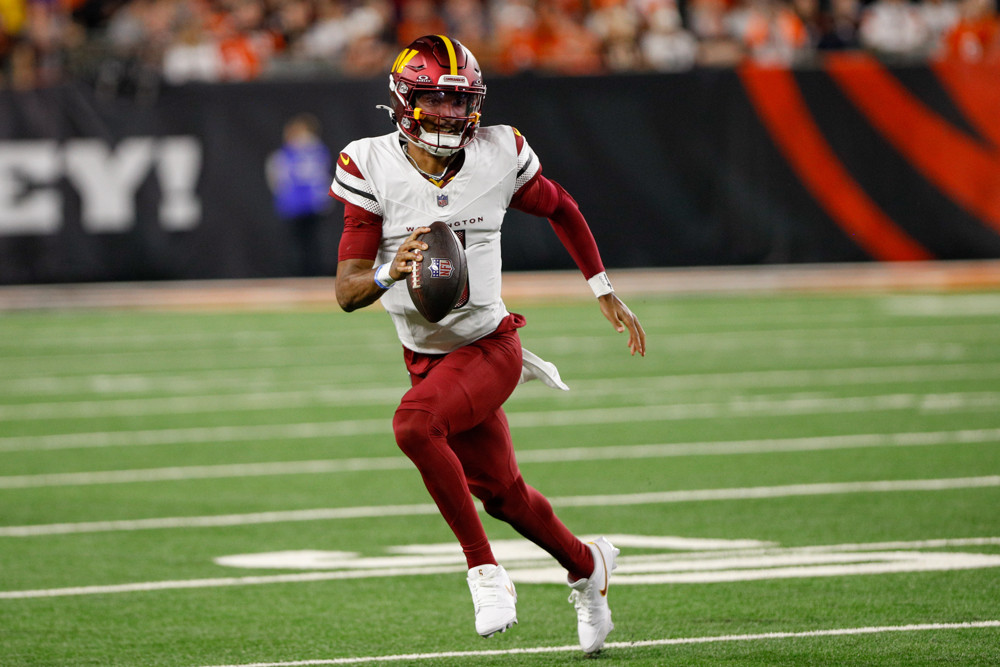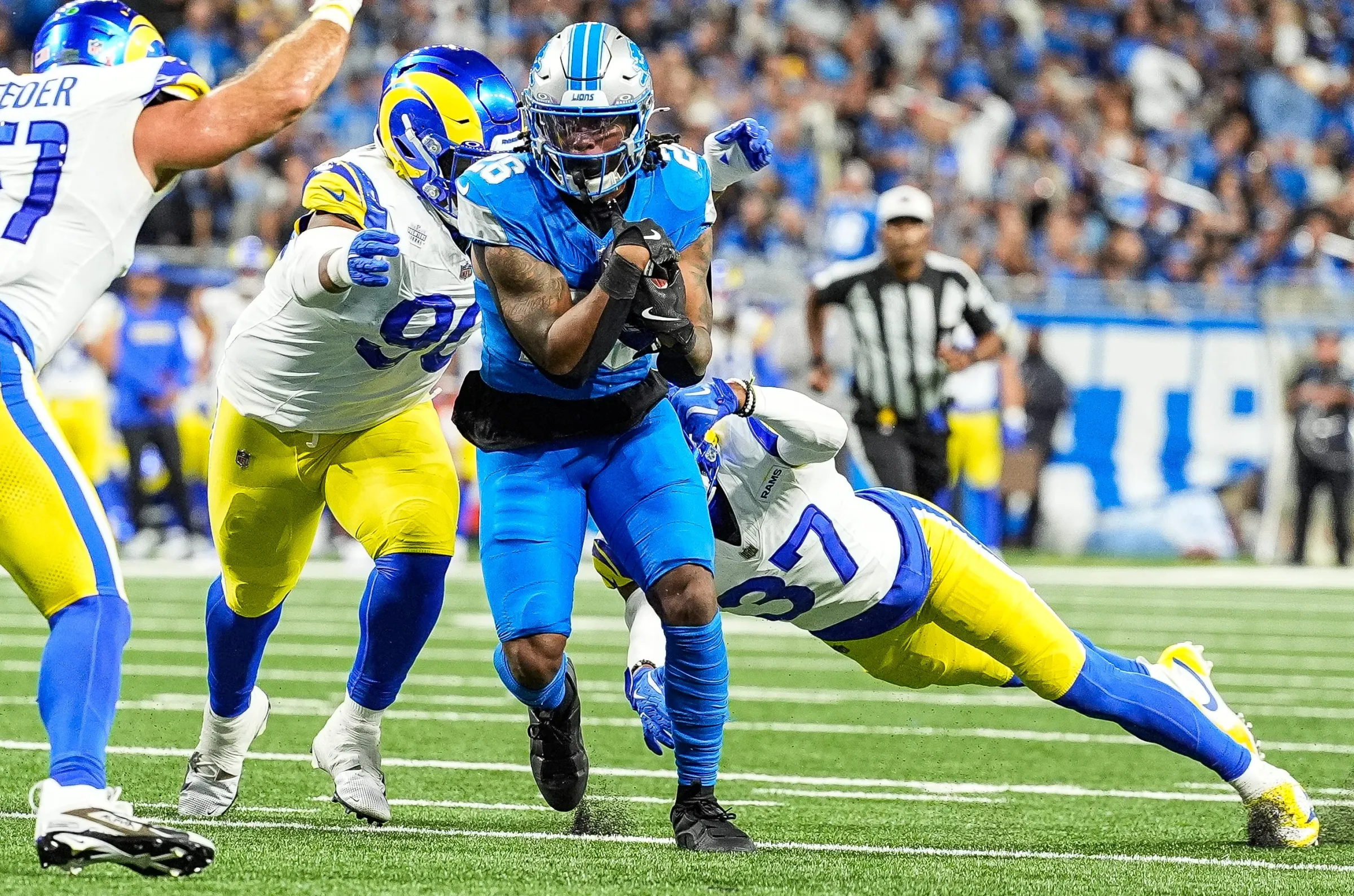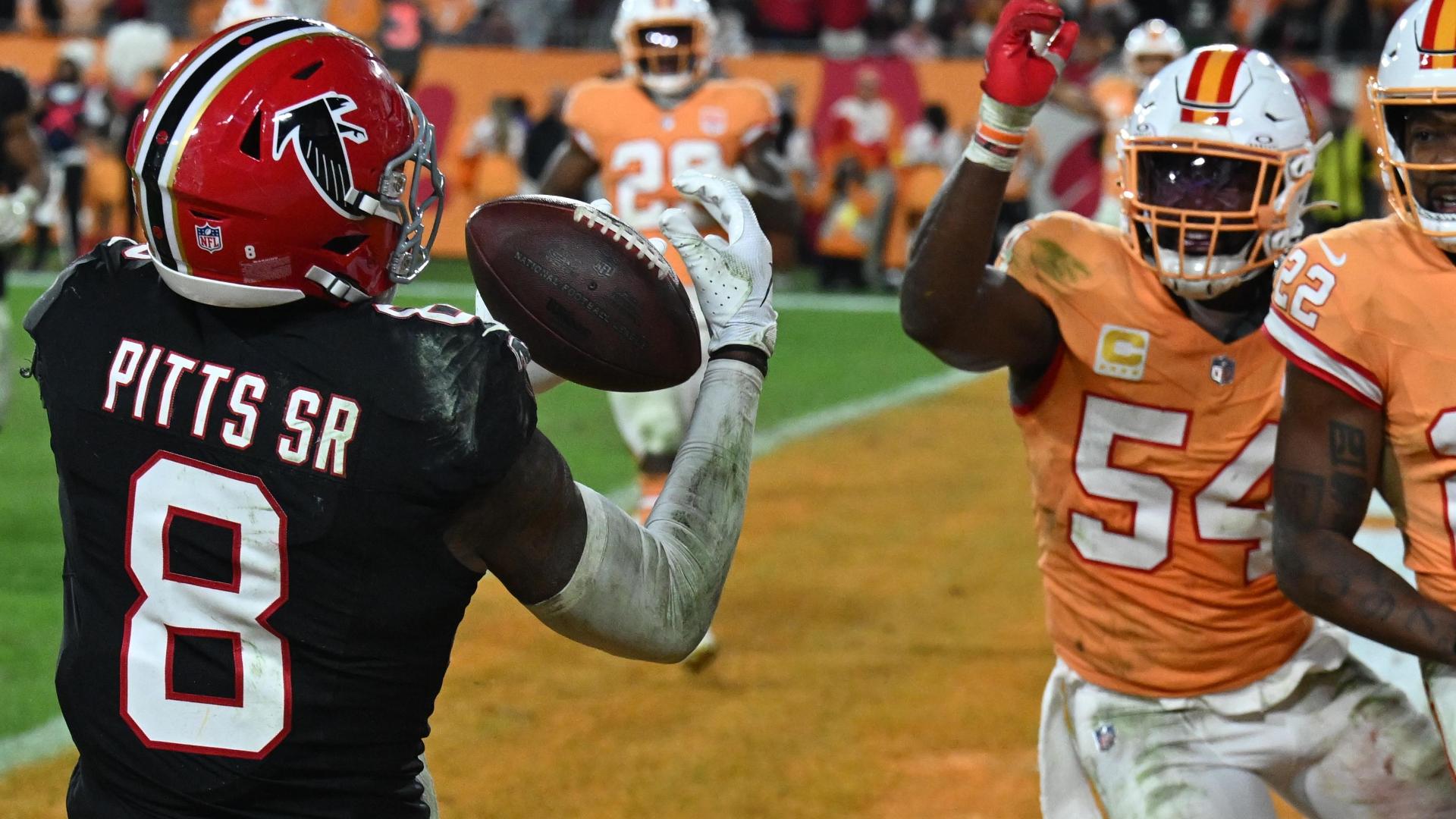The Sunday night game between the Washington Commanders and Seattle Seahawks was a rough outing for the Commanders, in both the score and the major injury to starting QB Jayen Daniels. With under 10 minutes left in the game and the Commanders down 38-7, Daniels was sacked by Seahawks LB Drake Thomas. Daniels landed awkwardly on his left (non-throwing) arm and it was visible on the broadcast that the left elbow was dislocated. The medical staff quickly had Daniels splinted and into the locker room for further evaluation and management. The team has since announced that x-rays showed no fractures, but Daniels will still miss several weeks.
The anatomy
The elbow joint is primarily made up of the end of the humerus (upper arm bone) and the top end of the ulna (one of the forearm bones). The top end of the ulna is concave like a dish, and the lower end of the humerus has two rounded bumps that sit in that dish. The shape of the joint allows your elbow to flex and extend. The top end of the radius (the other forearm bone) also has a joint very close by, where forearm rotation happens. Elbow dislocations are classified as simple (no fracture), or complex (fracture). Dislocations are further classified by the direction the joint dislocates. The most common direction of dislocation, like what we saw with Daniels, is when the end of the ulna slides backwards, so the end of the humerus pops out the front edge of its cup-shaped home. Simple dislocations like Daniels’ are most often treated without surgery. The biggest reasons why a simple dislocation may require surgery would be if soft tissue or cartilage got caught in the joint while re-locating it, or if there’s continued instability at the end of a normal healing timeframe. Another risk with these injuries is damage to the nerves that cross the elbow to reach the forearm and hand. When the bones slide apart, the nerves get stretched or pulled out of place, which can give feelings of numbness or tingling in the arm and fingers, like hitting your funny bone. Typically, the symptoms from the nerve stretch fade with time, but there are cases where they need surgery if the numbness and tingling persist. Daniels doesn’t seem to have any of these complications so regaining range of motion then progressively working on strength is the name of the game for his recovery over the next few weeks.
The implications
Simple dislocations in NFL players managed without surgery typically miss an average of 25 days (1), however this data only has one QB in the study sample since it’s not a common injury for quarterbacks. This is huge for fantasy owners. Daniels is rostered in over 90% of leagues and with un unpredictable return date from this injury, fantasy owners should consider looking for a long-term replacement for the rest of this season. Considering their current 3-6 record and a tough schedule that includes two meetings with the Eagles still to come, there is a very real possibility that if playoffs are out of reach, Daniels doesn’t make his return until next season. Giving Jayden Daniels the best chance to return to peak form is key for the long-term success of the franchise. Daniels made the pro bowl as a rookie after a remarkable 2024 campaign where he led the Commanders to a 12-5 season and deep into the playoffs, where the eventually lost the NFC championship game to division rival Eagles.
- Chang ES, Bishop ME, Dodson CC, et al. Management of Elbow Dislocations in the National Football League. Orthop J Sports Med. 2018;6(2):2325967118755451. Published 2018 Feb 20. doi:10.1177/2325967118755451



